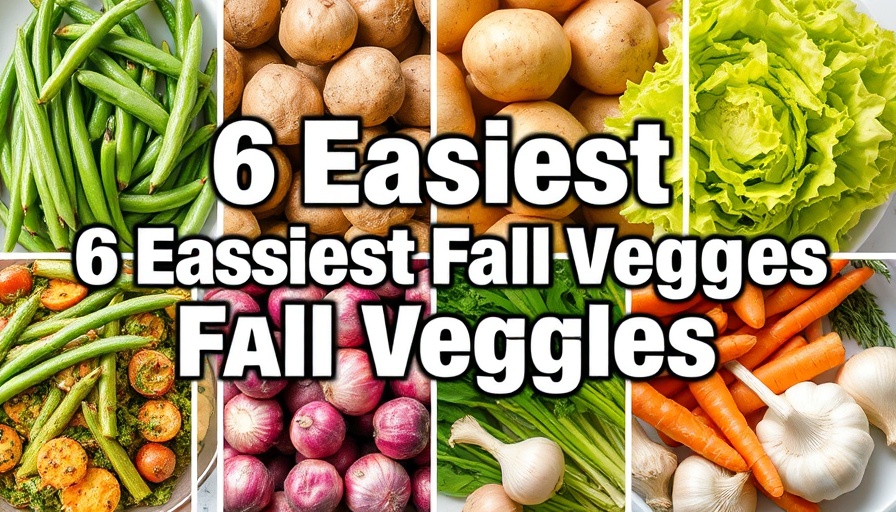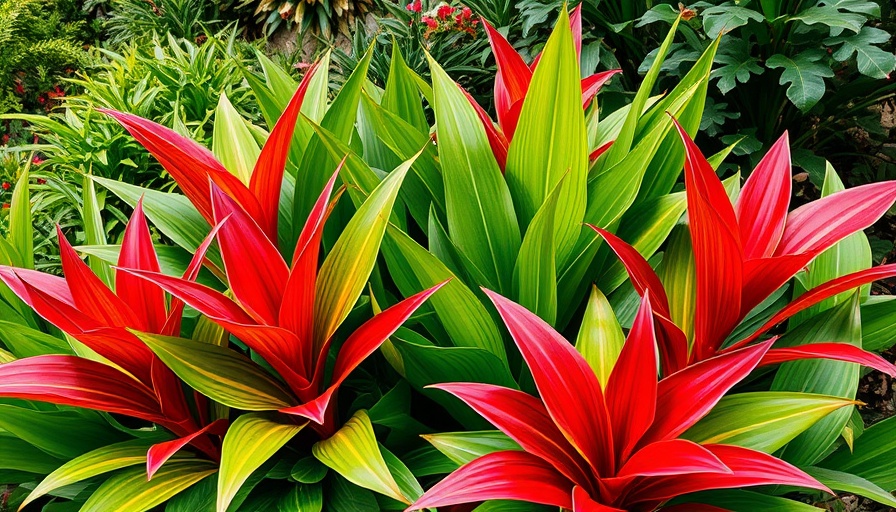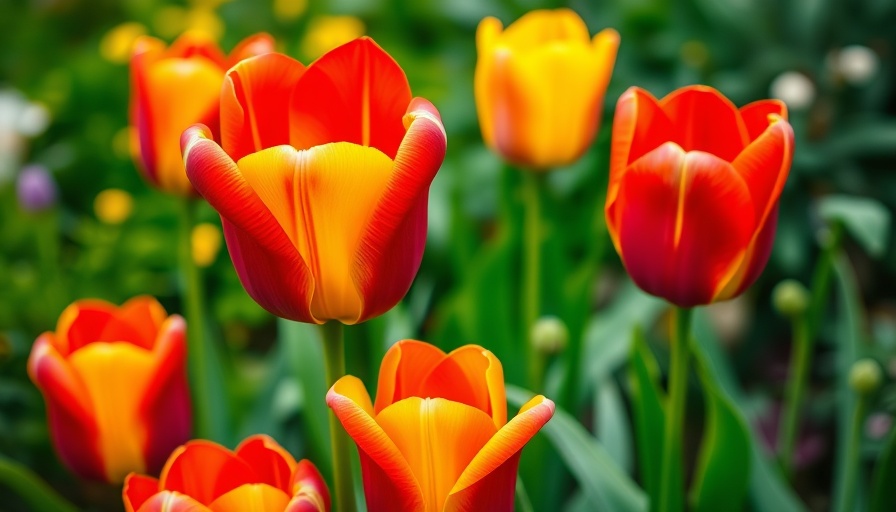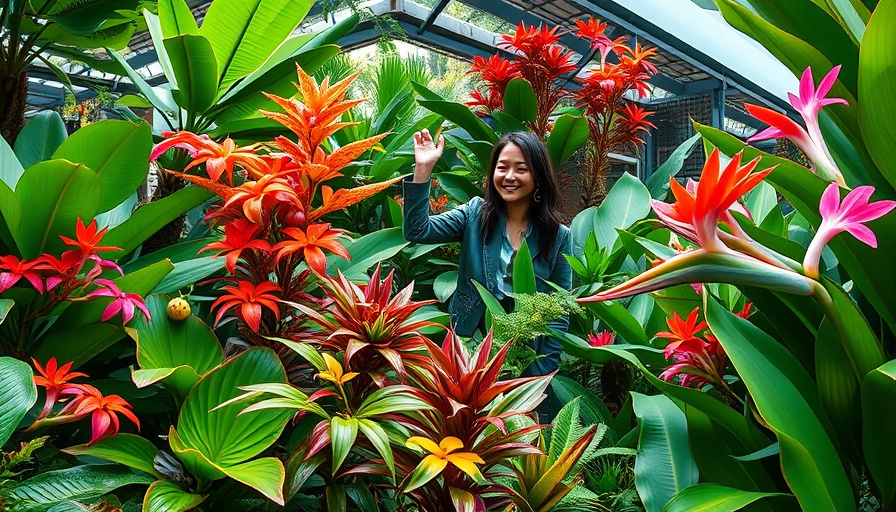
Discover the Best Fall Vegetables to Grow This Season
As the temperatures start to drop and our gardens transition from summer blooms to autumn hues, fall is the perfect season to plant a variety of nutritious vegetables. For those new to gardening, this time of year presents an excellent opportunity to cultivate an indoor or outdoor garden filled with fresh, seasonal produce. Whether you're looking to create a quaint vegetable patch or partake in container gardening, these easy-to-grow fall vegetables will not only enhance your plates but also bring joy to your gardening journey.
1. Kale: The Nutritional Powerhouse
Kale is often hailed for its superfood status, combining ease of growth with exceptional health benefits. This leafy green thrives in cooler temperatures and can be harvested well into the winter months. To grow kale, ensure you provide rich, well-drained soil and regular watering. With minimal sunlight needs, you can successfully grow kale in small containers or raised beds, making it an ideal choice for beginners.
2. Spinach: Quick to Grow and Full of Flavor
Another fantastic option for fall gardening is spinach, which offers a bounty of vitamins A and C. Spinach is not only fast-growing but can be sown multiple times through the fall, providing repeated harvests. This vegetable flourishes in cooler weather, so it’s perfect for a fall garden. Just remember to keep the soil consistently moist for the best results.
3. Radishes: The Fast-growers
Radishes make for a wonderfully satisfying crop due to their quick maturation rate—often ready to harvest in just 25-30 days! This makes them an excellent choice for novice gardeners eager to see results. They can be interplanted with slower-growing vegetables, maximizing your garden space. Additionally, radishes add a crunchy texture and peppery flavor to salads and dishes.
4. Carrots: The Autumn Delight
Root vegetables like carrots are perfect for fall planting. As they grow deeper into the soil, they require minimal maintenance, making them suitable for new gardeners. Carrots can develop sweetness as temperatures drop, enhancing their flavor profile. When planting, ensure they have well-loosened soil to allow for proper root development.
5. Broccoli: The Versatile Vegetable
Broccoli is not only a delicious vegetable packed with nutrients, but it is also a forgiving plant for beginners. It can handle the early frosts that fall brings, and with some strategic planting, you can extend your harvest into the season. Ensure they are planted in fertile soil and receive adequate water to support their growth.
6. Garlic: A Garden Essential
Planting garlic in the fall is a unique twist on traditional vegetable gardening. It’s not only simple but also a rewarding crop to grow as it leaves you with a fantastic harvest come summer. Garlic thrives in well-drained soil and benefits from being planted before the frost sets in. Plus, homegrown garlic will elevate your cooking to new heights!
Gardening Tips for Success
When venturing into fall gardening, consider using organic gardening techniques to enrich your soil. Incorporate compost into your garden beds to ensure your plants thrive. Regularly check for pests and employ natural control methods to keep your harvest safe. And don’t forget to protect your plants with garden covers if you expect a chill in the air!
Creating Your Beautiful Vegetable Garden
Whether you have a large backyard or are working with a small balcony, it’s never too late to begin your gardening adventure. With an array of fall vegetables to choose from, you can create a beautiful and productive vegetable garden. Enjoy the process of nurturing your plants from seedlings to harvest and delight in the rewarding flavors of your homegrown produce.
Ready to plant your first fall crop? Embrace the joys of gardening, select your favorites, and watch your garden flourish!
 Add Row
Add Row  Add
Add 




Write A Comment